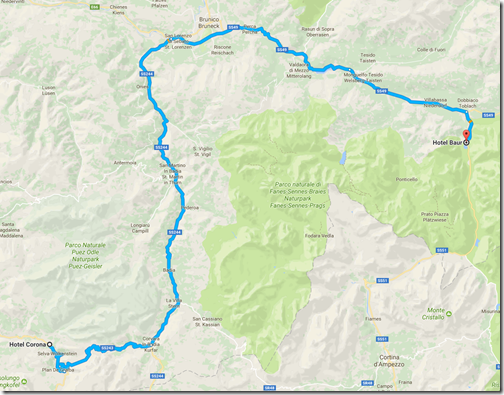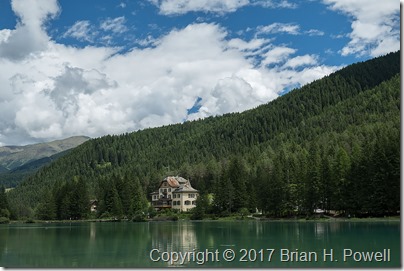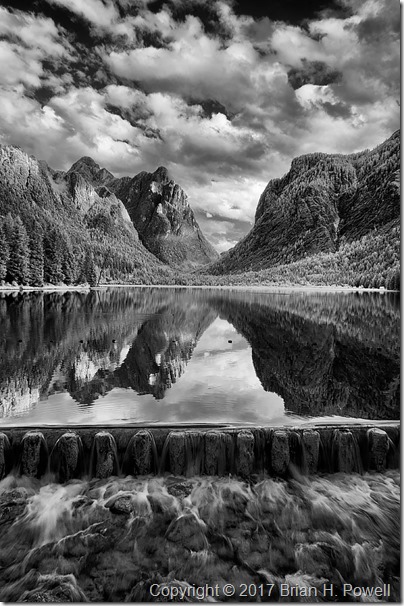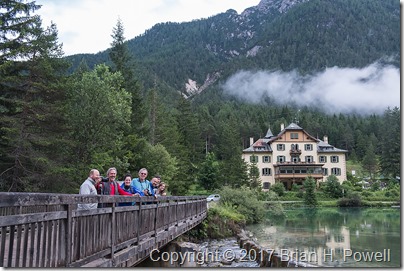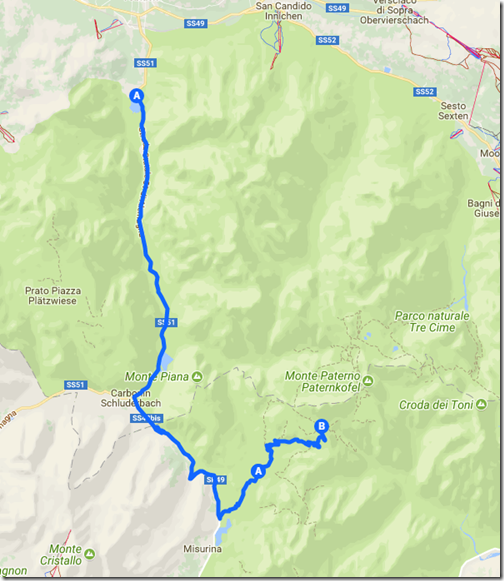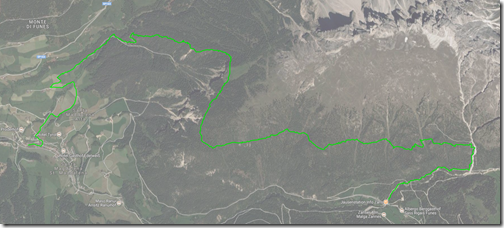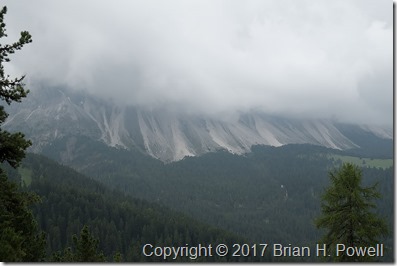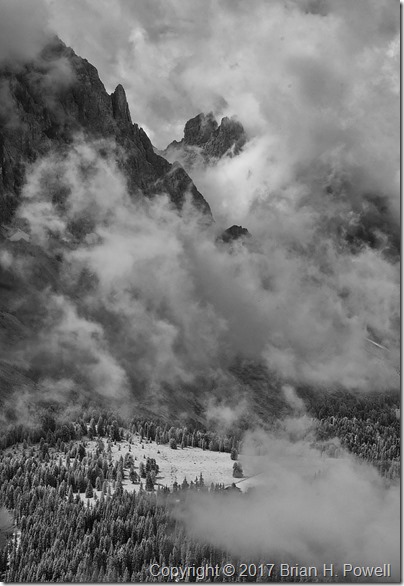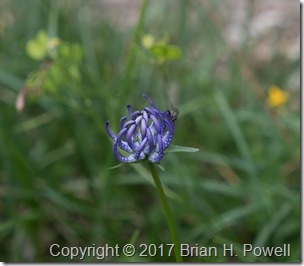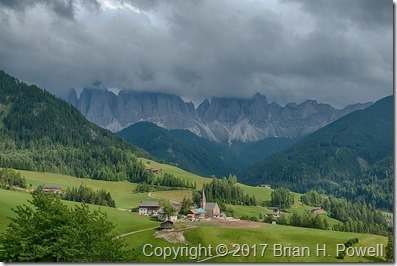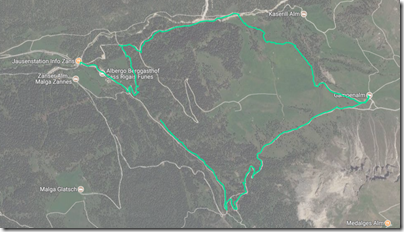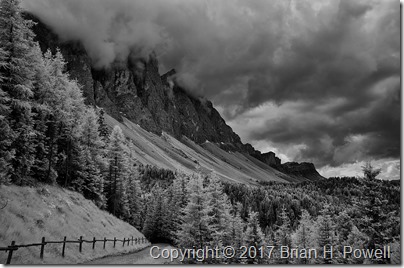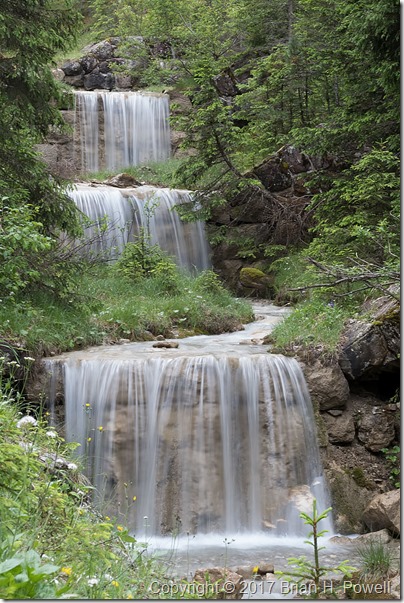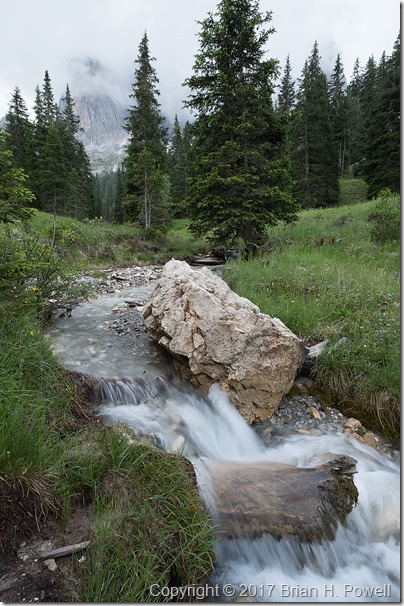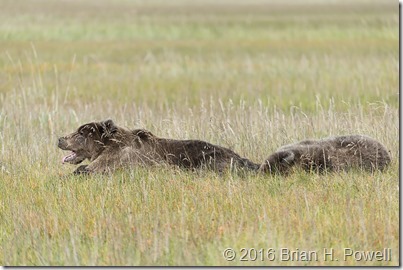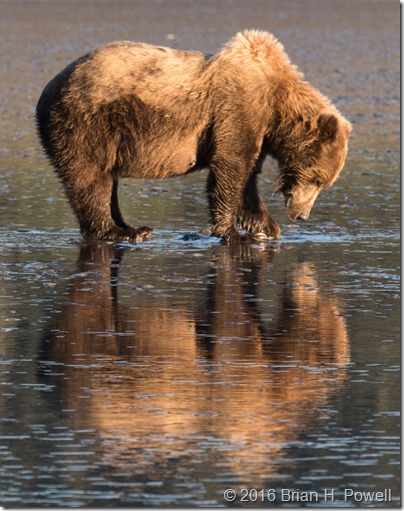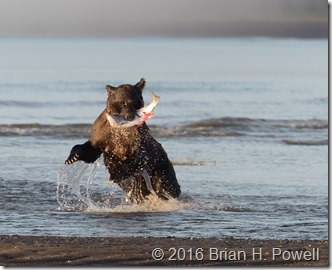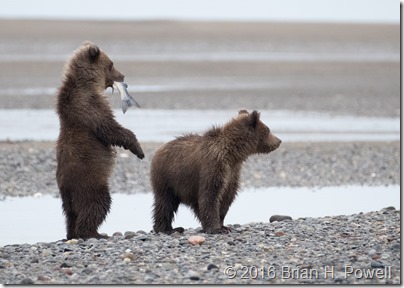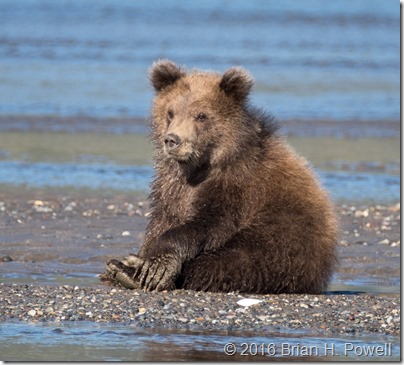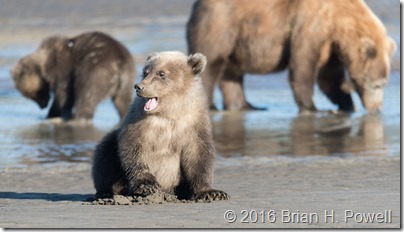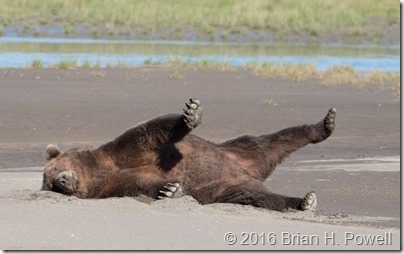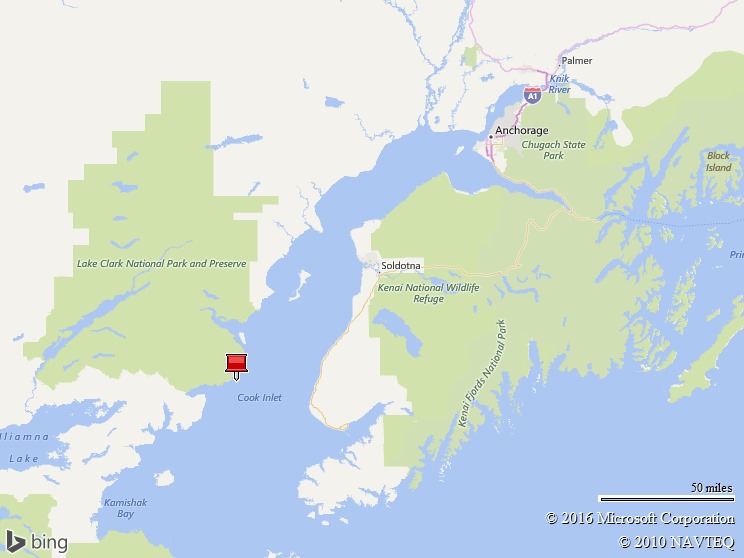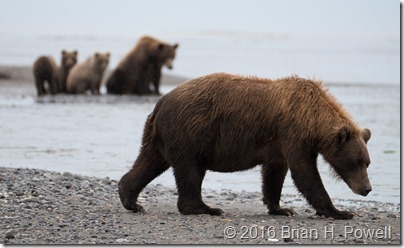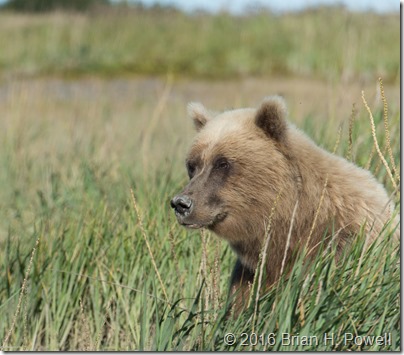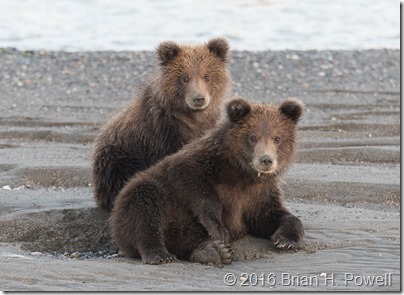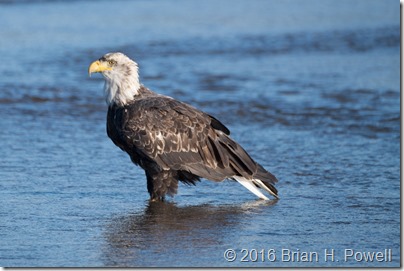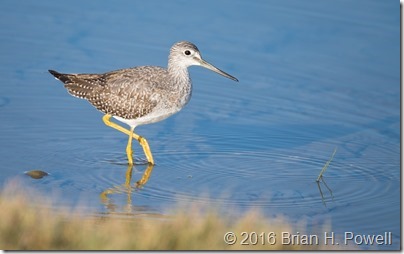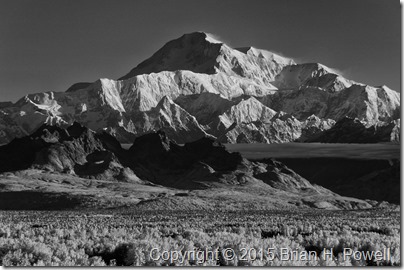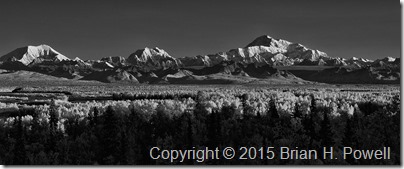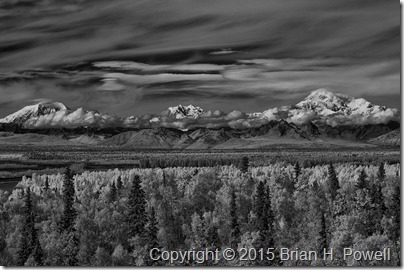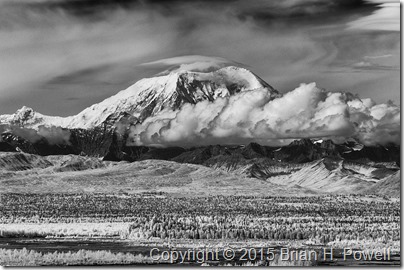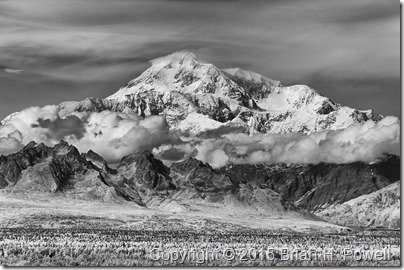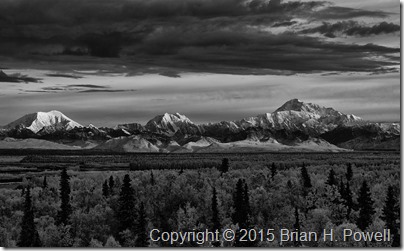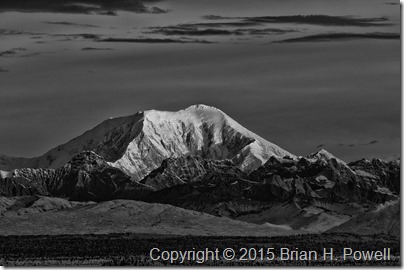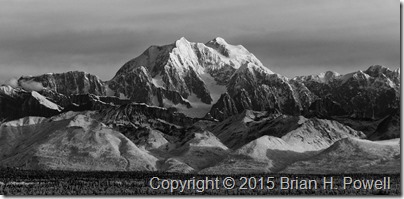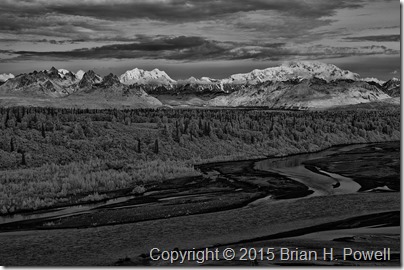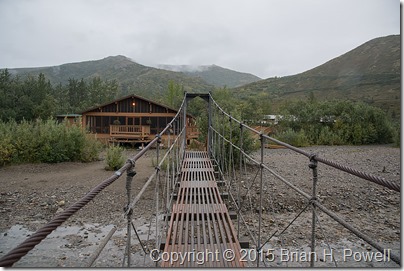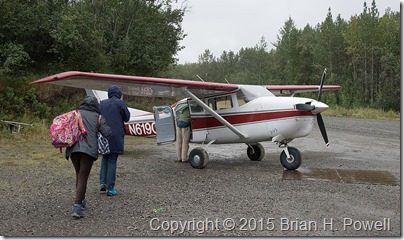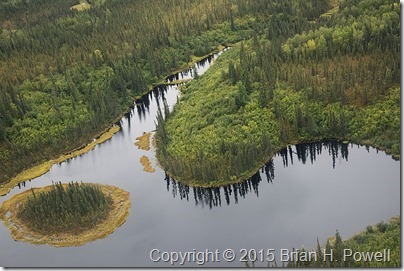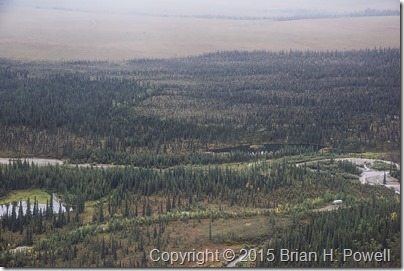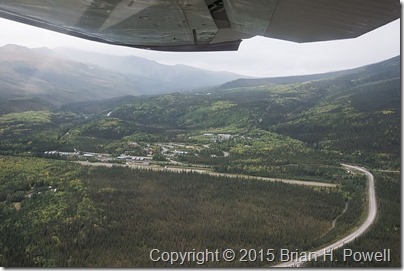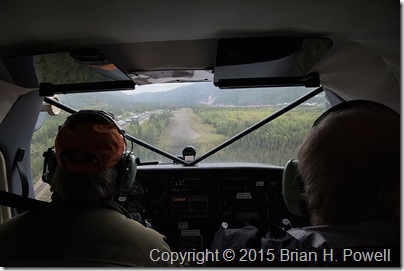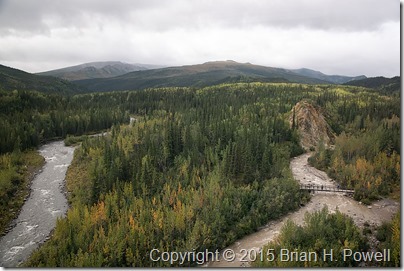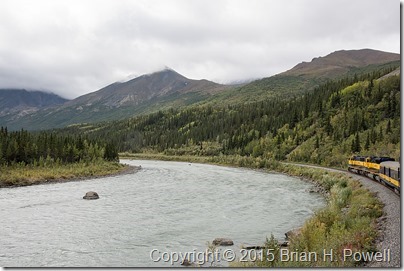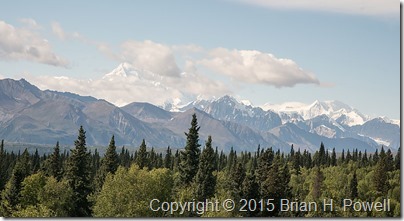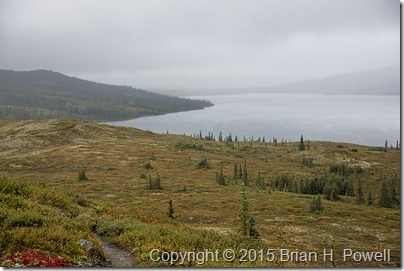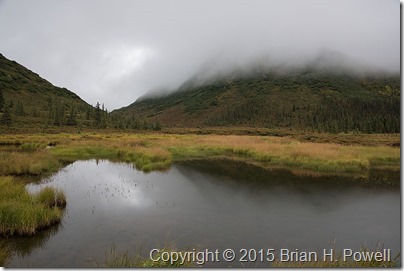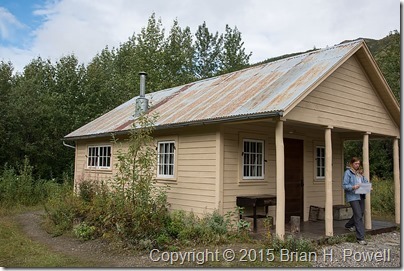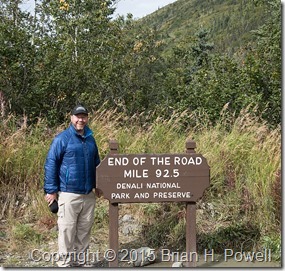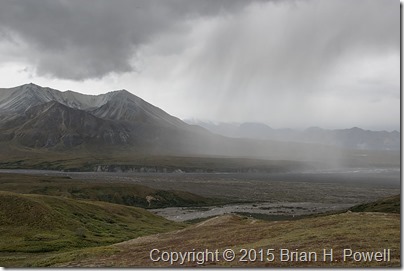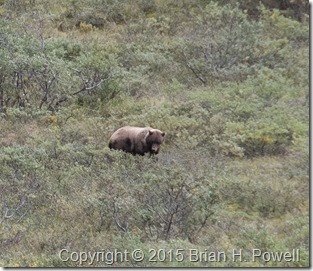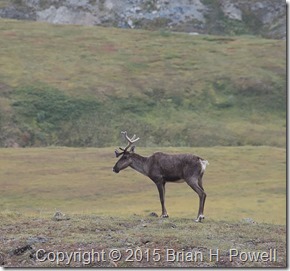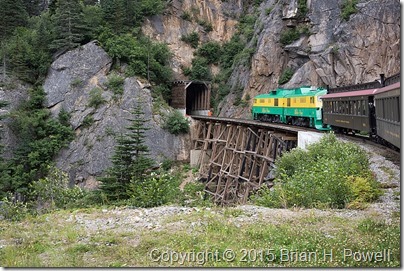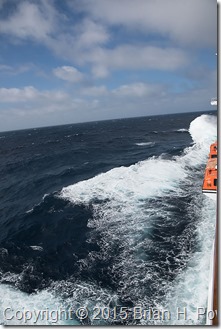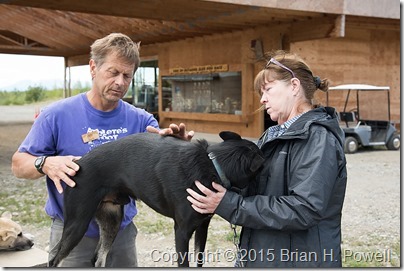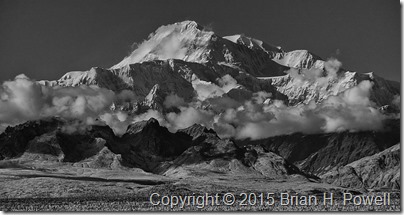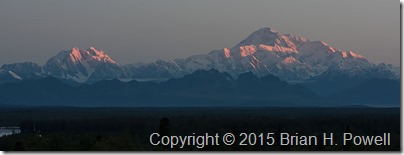[Updated: See addendum at the end of this post.]
While in Alaska, we stayed at a great lodge, The Alaska Homestead Lodge. It’s part of a small Alaskan bush community at Silver Salmon Creek. The owners, James and Shelia Isaak, live next to the lodge and keep it in great shape.
(Click any image to enlarge.)
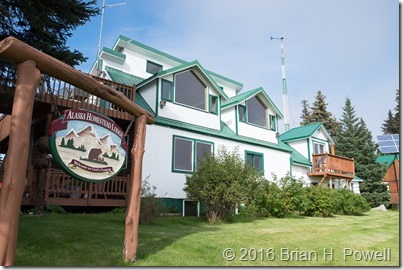
The lodge itself is on the inland side of the tidal marshes, only a few hundred yards from the coast. It was common to be sitting in the upstairs dining room and watching bears walk in from the beach, right past the lodge on their way into the forest.
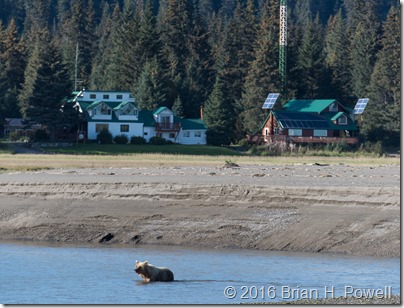
We also had a great guide, Belle, who has been guiding three years at the lodge. There are two lodges along the coast, and the guides from both lodges cooperate with each other to share information on the radio about what the bears are doing. The guides drive four-wheel ATVs with small trailers. I did this trip with four of my friends, and we all rode in the trailer together up and down the beach, through the creek, and along the trails.
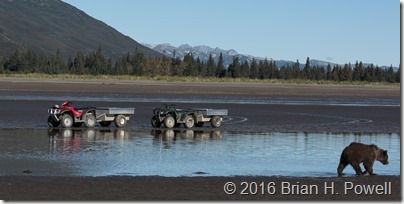
Here’s a snapshot showing a typical morning at the beach, with a group from each lodge watching the mom and three cubs dig for clams. We all wore rubber boots (supplied by the lodge) to keep our feet dry.
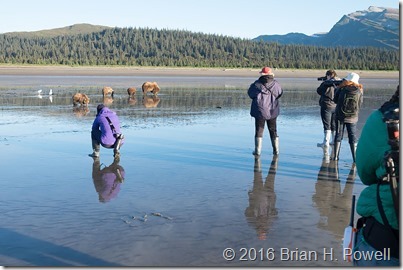
A pleasant surprise was the food at the lodge. Not just good; it was great. Our chef’s summer job last year was at Bouchon. Meals were prepared in the lodge’s upstairs kitchen and served at the communal dining table. The grilled salmon was fresh and expertly prepared—I think we had it three different nights. We also had pork tenderloin, lasagna, chicken fajitas—and fresh desserts, such as berry crisp, and chocolate pie.
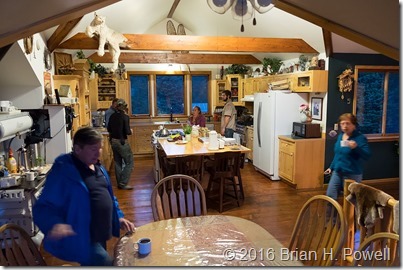
The lodge had a garden and greenhouse from which the salads came… lettuce, kale, broccolini, cabbage, and more. For the most part, the bears left these alone—even the berries used in the desserts.
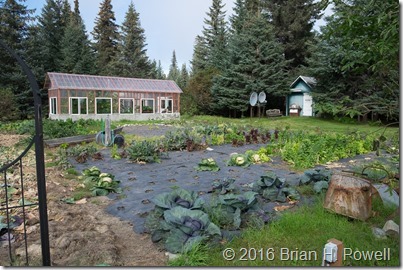
Like much of Alaska, the only reasonable way in and out of the lodge is by plane. We used Natron Air Taxi as our charter to get to the lodge from Anchorage. We had cloudless, blue sky for our flight on this GA-8 Airvan.
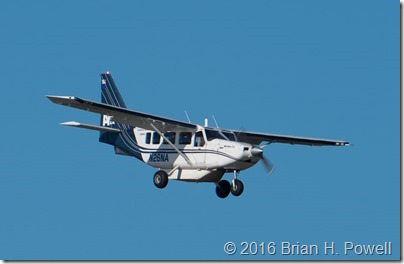
And here we are coming in for a landing on the beach.
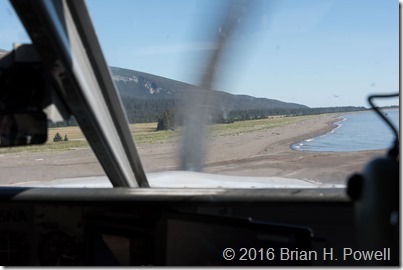
The weather continued to be great for the first five days. The previous three weeks were rainy, and the following two weeks were predicted to be rainy—but we had five solid sunny days. And then it turned foggy, misty, and rainy for us, too. The lodge recommends having a buffer travel day on each side of your stay, in case you get weathered in and can’t get into or out of the lodge. We almost were stuck at the lodge an additional day. Tim, our pilot, persisted and was able to land further north and taxi down the beach for a couple of miles to get us.
On a positive note, the fog and clouds added some variety to our scenery and photographs.
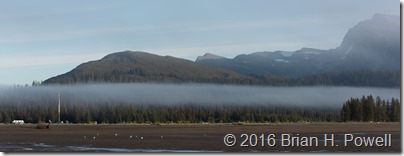
[Addendum]
It occurred to me after posting this that I didn’t describe what a typical day was like. Each day, you work out your schedule with your guide. We’d typically get up for an early shoot around 7:00 AM, then back to the lodge at 8:00 AM for breakfast. Then we’d head back out after breakfast for a few hours, and return for lunch around noon. Because of the high latitude, the quality of light stayed pretty good until 10:00 or 11:00 AM—even longer if it was a little hazy. If something especially good is happening, our guide would radio the lodge to let them know we’d be running late. After lunch, we’d often take a break (nap time), and head out again for a few hours before or after dinner.
A lot is dependent on the tide. At high tide, the bears are usually in the meadow eating grass and sleeping. At lowest tide, they are clamming. Near low tide, they could fish. During our week, high tide was in the afternoons, so we spent most of the time photographing in the mornings.
Just talk to your guide about the photos you want to take, and they’ll do their best to make it happen. If you want photos of bears eating grass, you’ll love going out during high tide. If you want photos of bears fishing, you might go out a few hours after high tide.

